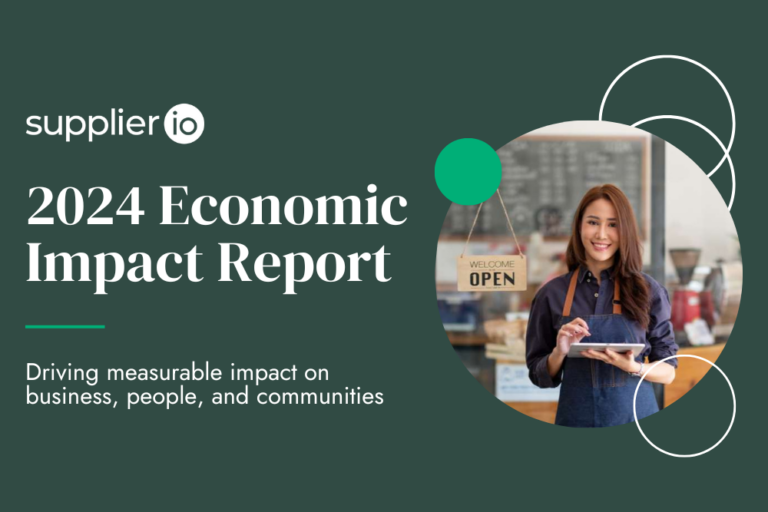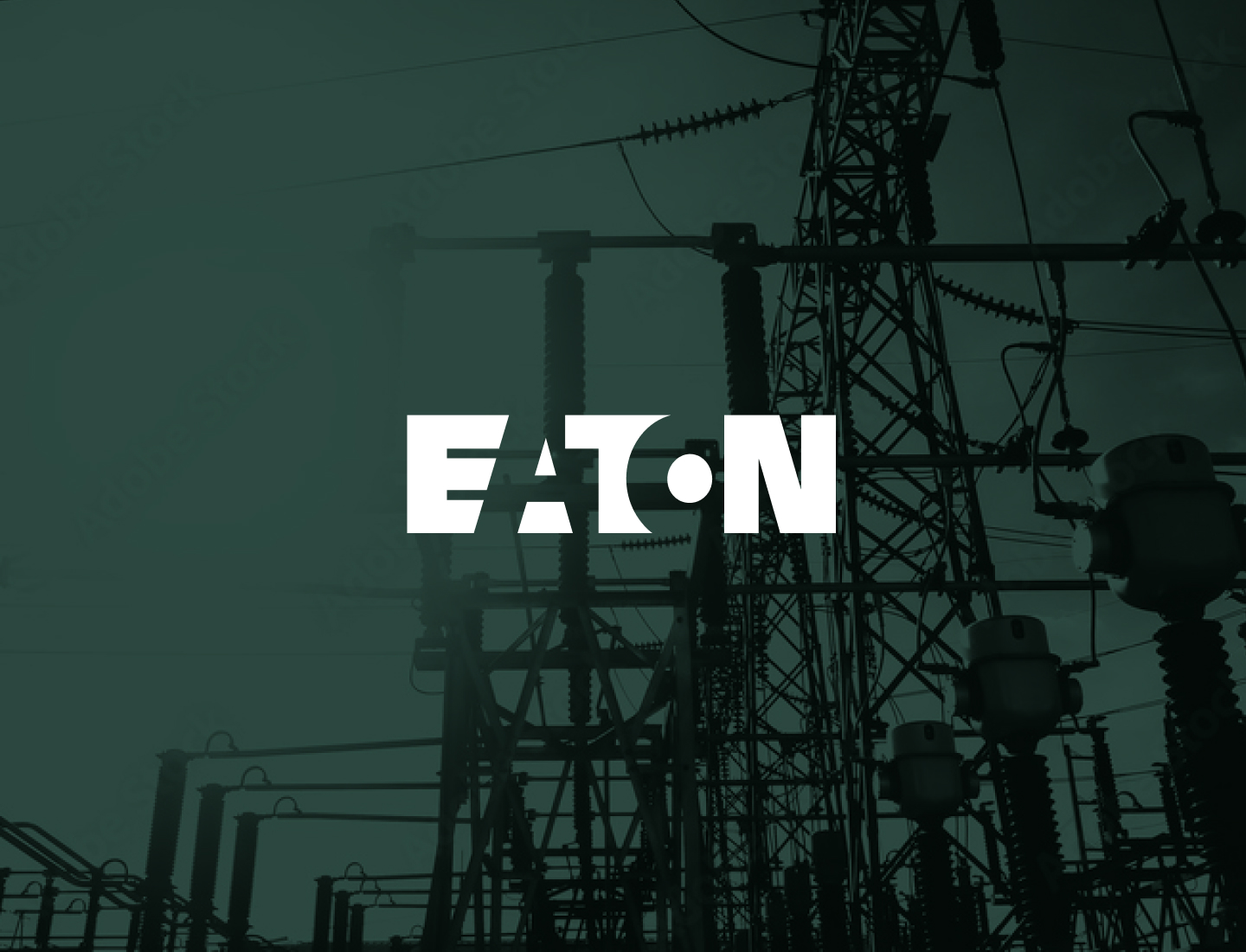Eaton Corporation is a $20+ billion power management company that specializes in energy-efficient products and services that help its customers effectively manage electrical, hydraulic and mechanical power more reliably, efficiently, safely and sustainably.
At Eaton, efficiency, sustainability, and employee engagement are at the core of its focus with the ultimate goal of positively impacting the world.
Focus on aspirations
In 2016, Craig Arnold took over as the CEO of Eaton Corporation and used it as an opportunity to revisit the company’s vision and financial goals to match the culture he sought to build. As part of his vision, Arnold also included “aspirational goals” in his message. The intention was to unify the organization around a shared purpose extending beyond day-to-day profit goals.
In the past, Eaton had relied on compliance to meet customer goals, however, with the unveiling of Arnold’s aspirational goals, Joe McClain, Director of Supplier Diversity, recognized the opportunity to use them as a platform to expand the reach of Eaton’s supplier diversity program. In thinking through a strategy, McClain focused on the two aspirational goals that most closely impacted the supplier diversity program.
- Be the preferred supplier to our customers and channel partners
- Be a model for inclusion and diversity in our industry
“When I heard Craig say that, I did not rest until I figured out how we were going to help his vision of achieving these aspirational goals through the things we were doing in supplier diversity,” McClain said. In targeting these two goals, McClain investigated how his company could do more with members of the prestigious Billion Dollar Roundtable (BDR).
Billion dollar bet
Per their website, the BDR is an organization “created in 2001 to recognize and celebrate corporations that achieved spending of at least $1 billion with minority and woman-owned suppliers.” The companies that make up the BDR are known as the top companies in the supplier diversity industry that are committed to the growth and development of small and diverse businesses.
After some research on the organization, McClain discovered that there were 27 companies on the BDR and that Eaton was a supplier to all of them.
“Not only are they [a member of the] billion-dollar roundtable with their Tier 1 spend,” McClain explained of his 27 customers, “they also have a desire to do business with companies that have strong performances in supplier diversity.” In identifying the aspirational goal of “Be the preferred supplier to our customers and channel partners,”, McClain was able to connect the benefits of a growing supplier diversity program with a potential increase in sales with customers.
McClain asked the question, “If we improve our supplier diversity performance, can we improve our market share with those… companies?”
To prove the theory, McClain built a case study focusing on one of its BDR customers to see if a strong supplier diversity program led to better results.
The McClain Strategy worked!
“We proved that with better diverse performance, we got better rewards through the RFQ process,” McClain said. Once the BDR customer found out about Eaton’s “ability to support their Tier 2 metrics,” Eaton was able to TRIPLE their rewards.
After completing the RFP and winning the business, the supplier diversity team shared the news with Eaton’s senior leadership. The result was a more invested leadership team and an internal aspirational goal to get to the BDR themselves.
One aspirational goal inevitably supports another, as striving to become a BDR member also reflects the purpose to “Be a model for inclusion and diversity in our industry.”.
Expanding the strategy
Eaton is not looking to stop. With $22 billion in revenue, McClain feels they have only scratched the surface of his supplier diversity led strategy. According to McClain, on average, members of the BDR generate $150 billion in annual revenue. This means that, on average, each customer is dedicating at least $75 billion towards expenses. If we account for labor costs, which range from 30% to 70%, you are looking at a total of $600 billion to over a trillion in potential revenue.
And Eaton deserves its share.
“There’s (on average) $75 billion worth of spend out there that we have the Right To Win,” McClain states. “Why do we have a Right To Win? Because we outperform our competitors in the space of supplier diversity.”
McClain is right. With BDR members favoring suppliers in the metric of supplier diversity, a huge chunk of spend is slated more heavily towards those with strong programs. This is a big reason for Eaton to incorporate supplier diversity into the company’s business strategy.
Over the next 6 months, Eaton will continue its work with diverse suppliers as they navigate through COVID-19 challenges. Earlier this year, in August, Eaton CEO Craig Arnold spoke to this as he discussed the digital transformation of the Eaton supply chain. For Arnold, the goal is to be a model of inclusion and diversity, deliver superior returns to shareholders, and fulfill broader obligations to the community.
“[Companies must] sell people what they need and not what you want to sell,” McClain explained. While this may be the same product, it may also be a new way to promote or position it.
It’s all about separating a compliance mindset from an aspirational mindset. How people see you is compliance, but how you view yourself, that’s aspirational.
To know more about supplier diversity, subscribe to our blog and follow us on our social channels.



